Home>Storage Ideas>Kitchen Storage>Kitchen Storage Mistakes: 10 Errors Cramping Your Kitchen’s Style
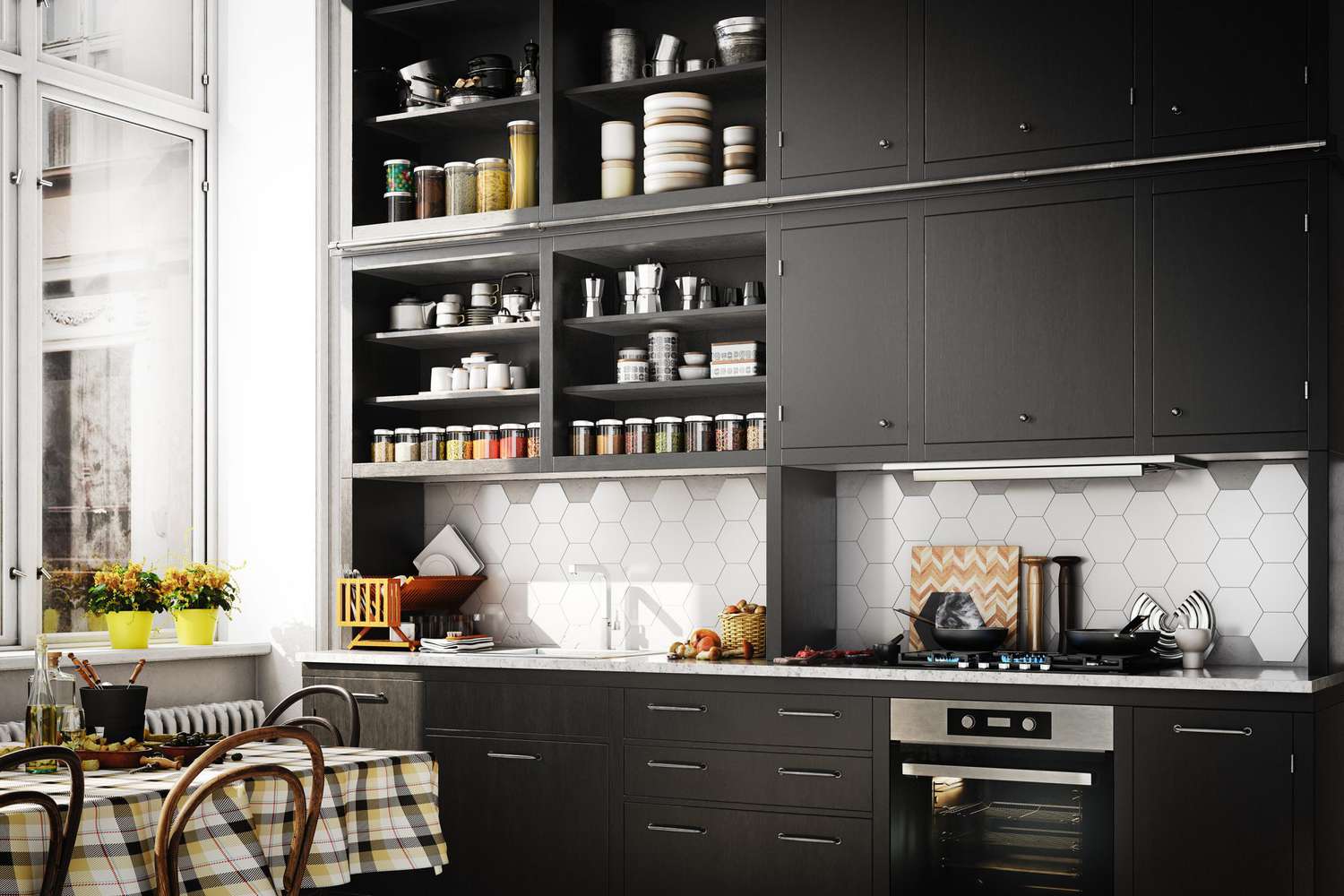

Kitchen Storage
Kitchen Storage Mistakes: 10 Errors Cramping Your Kitchen’s Style
Modified: October 28, 2024
Avoid these kitchen storage mistakes and learn how to maximize your space with the top 10 kitchen storage ideas. Transform your kitchen's style and functionality today!
(Many of the links in this article redirect to a specific reviewed product. Your purchase of these products through affiliate links helps to generate commission for Storables.com, at no extra cost. Learn more)
Introduction
Having a well-organized and stylish kitchen is the dream of every homeowner. A clutter-free and efficient kitchen not only makes cooking and meal prep easier, but it also adds value and charm to your home. One key factor in achieving a functional kitchen is proper storage. From cabinets to drawers and pantry organization, every aspect of kitchen storage plays a vital role in creating a space that is both visually appealing and highly functional.
However, many people make common mistakes when it comes to kitchen storage, resulting in cramped and disorganized spaces. In this article, we will explore the top 10 kitchen storage mistakes that you should avoid to maximize your kitchen’s style and functionality.
Key Takeaways:
- Avoid kitchen storage mistakes by decluttering, utilizing vertical space, and organizing drawers. Create a functional and visually appealing kitchen by investing in adjustable shelving and incorporating style into storage solutions.
- Maximize kitchen storage efficiency by optimizing pantry setup, decluttering countertops, and utilizing underutilized backsplash. Address inadequate shelving, organize the fridge, and enhance lighting for a well-organized and stylish kitchen.
Overcrowded Cabinets
One of the biggest mistakes people make when it comes to kitchen storage is overcrowding their cabinets. It’s easy to accumulate a vast collection of dishes, pots, pans, and appliances over time, but cramming them all into your cabinets can make them cluttered and difficult to navigate.
To avoid overcrowded cabinets, start by decluttering and purging items you no longer use or need. Be ruthless and only keep the essentials. Once you have streamlined your kitchenware, consider investing in additional storage solutions such as adjustable shelving or pull-out organizers. These will help to maximize the space and make it easier to access items when needed.
Another tip is to store similar items together. Grouping your dishes, glasses, and cookware will not only make it easier to find what you need but will also create a more organized and visually appealing cabinet. Consider using stackable containers or bins to further optimize the available space.
Lastly, avoid stacking items too high in your cabinets. This not only makes it harder to reach items at the back but can also lead to accidents and damaged items. Opt for shorter stacks or invest in shelf risers to create additional storage levels.
By taking steps to avoid overcrowding your cabinets, you can create a more organized and functional kitchen space.
Poorly Organized Drawers
Drawers are an essential part of kitchen storage, but they can quickly become a jumbled mess if not properly organized. Poorly organized drawers can make it difficult to find what you need when cooking and can lead to frustration and wasted time.
To avoid this common storage mistake, start by emptying out your drawers and assessing what you have. Sort through your utensils and cooking tools and get rid of any duplicates or items you no longer use.
Next, consider using drawer organizers to separate and categorize your items. There are various types of drawer organizers available, such as utensil trays, dividers, and spice racks. Invest in ones that fit the size and shape of your drawers to maximize space and efficiency.
Group similar items together in each drawer to make it easy to find what you need. For example, dedicate one drawer to cooking utensils, another to baking tools, and another to small gadgets. Within each group, arrange the items in a logical order, such as by size or frequency of use.
Don’t forget about the “junk drawer”—the drawer where miscellaneous items tend to accumulate. While it’s okay to have a catch-all drawer, try to keep it organized by using smaller containers or dividers to separate different types of items.
Lastly, make sure to declutter your drawers regularly. As with cabinets, it’s easy for drawers to become overloaded with unnecessary items. Take the time to periodically assess what you have and remove any duplicates or items that are no longer needed.
By organizing your drawers effectively, you’ll be able to quickly and easily access your kitchen tools, making cooking and meal prep a breeze.
Neglecting Vertical Space
When it comes to kitchen storage, many people focus on utilizing horizontal space while neglecting the valuable vertical space available. Neglecting vertical space is a common mistake that can lead to inefficient storage and a cramped kitchen.
To make the most of your kitchen’s vertical space, start by installing wall-mounted shelves or cabinets. These can be used to store items such as plates, glasses, or even cookbooks. By utilizing the walls, you create additional storage space without taking up valuable counter or cabinet space.
Another way to maximize vertical space is by using hooks or rails. Install hooks on the walls or inside cabinet doors to hang items such as pots, pans, or cooking utensils. Rail systems can be mounted on the walls and used to hang various kitchen tools, including knives, ladles, and measuring cups.
Consider investing in a hanging pot rack to free up space in your cabinets and add a stylish element to your kitchen. This not only provides easy access to your cookware but also acts as a decorative element.
Vertical space can also be utilized in your pantry. Install adjustable shelves or stackable storage solutions to take advantage of the height of your pantry. This allows you to store items such as canned goods or jars in a visually appealing and organized manner.
Lastly, don’t forget about the space above your cabinets. This area is often left empty and wasted. Make use of the space by displaying decorative items or placing baskets to store less frequently used items such as seasonal cookware or extra kitchen linens.
By thinking vertically and utilizing the often overlooked vertical space in your kitchen, you can greatly increase your storage capacity and create a more organized and spacious environment.
Inefficient Pantry Set-up
Your pantry is a hub for storing food and other kitchen essentials, but if it’s not efficiently organized, it can become a chaotic mess. An inefficient pantry setup is a common kitchen storage mistake that can lead to wasted space, expired food, and difficulty finding what you need.
To avoid an inefficient pantry, start by decluttering and sorting through your pantry items. Discard expired or stale food and donate any items you won’t use. This will create a clean canvas to work with.
Next, assess your pantry shelves and consider adjustable shelving or storage solutions that can maximize the available space. Adjustable shelves allow you to customize the height and configuration to accommodate different types of items. Utilize stackable storage containers or bins to group similar items together and keep them organized.
When organizing your pantry, consider grouping items by category. Create separate sections for canned goods, dry goods, snacks, and spices. This makes it easier to find what you need and prevents items from getting lost in the back of the pantry.
Don’t forget to label your storage containers and shelves. Clear labels not only help you quickly identify what’s inside each container but also make it easier for other family members to find and put away items.
Make use of the pantry door by installing a door-mounted organizer. This can be used to store items like spices, small packets, or even cleaning supplies.
Regularly take inventory and rotate your pantry items. Organize them in a way that ensures the oldest items are used first to prevent food waste. Consider implementing a “first in, first out” approach to ensure nothing goes unused for too long.
By setting up an efficient pantry, you can maximize space, reduce food waste, and make meal preparation a breeze.
Cluttered Countertops
Countertops are valuable real estate in the kitchen, and a cluttered countertop can instantly make your kitchen feel chaotic and disorganized. Many people make the mistake of leaving unnecessary items out on the countertops, which not only hampers the functionality of the space but also detracts from the overall aesthetics of the kitchen.
To avoid cluttered countertops, start by decluttering and removing items that don’t belong there. Keep only the essential items that you use daily, such as a toaster or coffee maker, on the counter. This will create a clean and spacious surface for meal preparation.
Find alternative storage solutions for items that tend to accumulate on the countertops. For example, invest in a knife block or magnetic strip to store knives, rather than having them cluttering the counter. Use wall-mounted hooks or a hanging rack to store frequently used utensils, pots, or pans, freeing up valuable countertop space.
Consider utilizing vertical space by installing shelves or cabinets above the countertops. This can be used to store frequently used items such as spices, cookbooks, or small appliances.
When organizing your countertops, aim for a minimalistic approach. Keep surfaces clear of unnecessary décor or knick-knacks. Instead, opt for a few well-chosen statement pieces that add personality to the space without overpowering it.
Keep in mind the importance of regularly cleaning and clearing your countertops. Make it a habit to wipe them down after each use and put away any items that may have been left out. This will help maintain a clutter-free and functional workspace.
By decluttering and organizing your countertops, you’ll create a visually appealing and efficient kitchen that makes daily tasks a breeze.
Consider using vertical space for storage by installing shelves or hanging racks. This can free up valuable counter and cabinet space, making your kitchen feel more spacious and organized.
Underutilized Backsplash
The backsplash may seem like a purely decorative element in the kitchen, but it can actually serve as valuable storage space when utilized effectively. Many people make the mistake of underutilizing their backsplash, missing out on an opportunity to add functionality and style to their kitchen.
To make the most of your backsplash, consider installing hooks or rails to hang frequently used kitchen tools. This can include items like ladles, spatulas, or even cutting boards. By hanging these items on the backsplash, you’ll have easy access to them while keeping your countertops clear and organized.
Another way to maximize the storage potential of your backsplash is by installing shelves or magnetic strips. Shelves can hold commonly used condiments, spices, or cooking oils, keeping them within arm’s reach while adding a decorative element to your kitchen. Magnetic strips are perfect for storing knives or metal utensils, allowing you to free up drawer space.
If you have a smaller kitchen, consider installing a pegboard backsplash. This versatile storage solution allows you to hang and rearrange hooks or shelves to fit your specific needs. You can store everything from pots and pans to utensils and oven mitts on the pegboard, keeping them easily accessible and organized.
Don’t forget the space behind your stove. This often overlooked area can be used for additional storage. Consider installing a railing or hooks to hang frequently used cooking tools or even a small shelf to hold oils or spices.
When choosing your backsplash storage solutions, opt for pieces that complement your kitchen’s style and design. This way, you can create a cohesive and visually appealing space while still adding functional storage.
By utilizing the often underutilized backsplash, you’ll not only add valuable storage space but also enhance the overall style and functionality of your kitchen.
Inadequate Shelving
Inadequate shelving is a common kitchen storage mistake that can lead to cluttered countertops and overwhelmed cabinets. Insufficient shelving limits your ability to effectively organize and store items, resulting in a disorganized and inefficient kitchen space.
To address this issue, take a close look at your current shelving situation. Assess whether there is enough shelving to accommodate your storage needs and if the shelves are adjustable to accommodate items of different heights. If not, consider investing in additional shelving or adjustable shelving units that can be customized to fit your specific needs.
When adding shelves, make sure to utilize vertical space. Install shelves that reach higher up the wall to maximize storage potential. Consider open shelving, which not only creates additional storage but also adds a stylish and modern touch to your kitchen.
When organizing your shelves, group items together by category. Dedicate a shelf to canned goods, another to baking supplies, and so on. This makes it easier to find what you need and prevents items from being scattered across different shelves.
Consider investing in storage containers or bins to further maximize shelf space and keep items organized. Use clear containers to store bulk items or small packets, ensuring everything is visible and easily accessible.
Utilize the space inside your cabinets by installing shelf risers or stackable shelves. These will allow you to create multiple levels within a single cabinet, maximizing the available space.
Customize your shelves to fit your specific needs. For example, if you have a collection of cookbooks, invest in a bookshelf or a dedicated shelf on your wall to keep them organized and easily accessible.
Lastly, don’t forget about utilizing the space above your cabinets. Install shelves or decorative baskets to store items that you don’t use on a daily basis, such as seasonal kitchenware or extra appliances.
By addressing inadequate shelving, you can significantly improve the organization and efficiency of your kitchen storage, creating a clutter-free and functional space.
Neglecting the Fridge
When it comes to kitchen storage, the refrigerator often gets overlooked. Neglecting the organization and optimization of your fridge can lead to wasted space, expired food, and difficulty finding what you need. It’s time to give your fridge the attention it deserves!
Start by decluttering and removing any expired or unused items from your fridge. Take the time to wipe down the shelves and drawers to keep them clean and fresh.
Next, consider investing in fridge organizers such as clear bins, egg holders, and can dispensers. These organizers will help categorize and separate different types of items, making it easier to locate and access them when needed.
When organizing your fridge, keep similar items together. Place fruits and vegetables in designated bins or crisper drawers to keep them fresh for longer. Use door shelves to store condiments and other frequently used items, while reserving the main shelves for larger items like leftovers or beverages.
Utilize vertical space in your fridge by utilizing stackable containers or storage solutions. These can be used to store items like yogurt cups, small jars, or leftovers, making the most of the available space in your fridge.
Take advantage of labeling to keep your fridge organized. Label containers and bins with expiration dates or categories to ensure you use up items before they spoil and to easily locate specific items when meal planning or grocery shopping.
Regularly clean and organize your fridge to keep it functioning at its best. Take inventory of your food regularly and toss any expired items. Arrange your shelves and drawers based on your cooking and eating habits, making it easy to find what you need for meal preparation.
Lastly, don’t forget about the space on top of your fridge. While it’s not ideal for storing food, it can be utilized for storing appliances or other kitchen items that are used less frequently. Just be sure to keep it organized to prevent buildup of dust and debris.
By giving your fridge the attention it needs and properly organizing it, you’ll have a more efficient and functional storage space for your food, ultimately reducing waste and making meal prep a breeze.
Read more: Tips For Organizing Your Pantry With Style
Lack of Proper Lighting
Proper lighting is an essential element of a well-designed and functional kitchen, yet it is often overlooked when it comes to kitchen storage. Insufficient or poorly placed lighting can make it difficult to find items in your cabinets, drawers, and even your pantry. It can also create a dark and unwelcoming atmosphere in the kitchen.
To address this issue, start by assessing your current lighting situation. Ensure that your kitchen has adequate overall lighting, such as ceiling fixtures or recessed lights, to provide general illumination throughout the space.
In addition to ambient lighting, incorporate task lighting into key areas of your kitchen. For example, install under-cabinet lighting to illuminate countertops and provide focused lighting for food prep. This will not only enhance visibility but also make it easier to locate and access items in your kitchen storage areas.
If your pantry or cabinets are particularly deep or have dark corners, consider installing motion-sensor lights or LED strip lights. These lights will automatically illuminate the space when the door is opened or when motion is detected, making it easier to see and retrieve items without fumbling in the dark.
Another important aspect of proper lighting is color temperature. Opt for cool white or daylight bulbs for task lighting to provide a bright and energizing light that closely resembles natural sunlight. This will not only enhance visibility but also create a more inviting and pleasant atmosphere in your kitchen.
Lastly, don’t forget about natural lighting. If possible, maximize the amount of natural light coming into your kitchen by keeping windows clear and free from obstructions. Natural light not only brightens up the space but also reduces the need for artificial lighting during the day.
By addressing the lack of proper lighting in your kitchen storage areas, you’ll create a brighter and more functional space that makes it easier to find and access your belongings.
Ignoring Style and Aesthetics
When it comes to kitchen storage, functionality is crucial, but style and aesthetics should not be neglected. Many people make the mistake of focusing solely on the practical aspects of storage without considering how it contributes to the overall look and feel of their kitchen. However, incorporating style and aesthetics into your kitchen storage can greatly enhance the visual appeal and create a more cohesive and inviting space.
Start by considering the overall style and design of your kitchen. Choose storage solutions that complement the existing aesthetics, whether it’s modern, farmhouse, or minimalistic. This can include selecting cabinets, shelves, or storage containers that feature materials, colors, and finishes that blend seamlessly with the rest of your kitchen decor.
Consider incorporating decorative elements into your storage areas. For example, display attractive dishware or cookware on open shelves to add visual interest. Invest in stylish storage containers or bins that not only serve a practical purpose but also make a design statement.
Don’t forget about the impact of hardware and accessories. Choose handles, knobs, and pulls that enhance the overall style of your kitchen. These small details can make a big difference in the overall aesthetic and tie the look of your storage areas together.
Another important aspect of style and aesthetics is organization. Keeping your storage areas tidy and well-arranged not only enhances functionality but also creates a visually pleasing environment. Use labels, baskets, and dividers to maintain a cohesive and organized look.
Consider incorporating elements such as plants, artwork, or small decorations into your storage areas. These decorative touches can add a personal and inviting touch to your kitchen, making it a space you’ll enjoy spending time in.
Remember that style and aesthetics are not just for the visible storage areas. Pay attention to the hidden storage areas as well, such as inside cabinets or pantries. Utilize coordinating storage containers or bins to maintain a consistent and stylish look throughout your kitchen.
By paying attention to style and aesthetics in your kitchen storage, you’ll create a harmonious and visually appealing space that reflects your personal taste and enhances the overall ambiance of your kitchen.
Conclusion
In conclusion, avoiding common kitchen storage mistakes is essential for creating a functional and visually appealing space that enhances your overall cooking and dining experience. By addressing these mistakes and implementing effective storage solutions, you can transform your kitchen into a well-organized and stylish haven.
Overcrowded cabinets, poorly organized drawers, and neglected vertical space can quickly lead to a cramped and disorganized kitchen. By decluttering, utilizing organizers, and maximizing vertical space, you can make the most of your storage areas and create a more efficient and accessible kitchen.
Don’t forget about the importance of a well-designed pantry setup. Investing in adjustable shelves, utilizing storage containers, and grouping items by category can make your pantry more organized and optimize space.
Cluttered countertops can negatively impact both functionality and aesthetics. Keeping countertops clear of unnecessary items and utilizing alternative storage solutions like hooks or shelves can create a clean and spacious workspace.
Underutilizing the backsplash is a missed opportunity for additional storage. By installing hooks, shelves, or magnetic strips, you can maximize vertical space and keep frequently used kitchen tools easily accessible.
Inadequate shelving and neglecting the fridge can lead to wasted space and disorganization. By installing additional shelves, utilizing stackable containers, and organizing items, you can optimize storage in both your cabinets and refrigerator.
Lack of proper lighting can hinder visibility and create a gloomy atmosphere. Incorporating task lighting, utilizing natural light, and choosing the right color temperature can greatly enhance the functionality and ambiance of your kitchen.
Lastly, don’t ignore style and aesthetics when it comes to kitchen storage. By selecting storage solutions that complement your kitchen’s design, incorporating decorative elements, and maintaining an organized and visually appealing space, you can create a kitchen that is both functional and beautiful.
By avoiding these common kitchen storage mistakes and implementing effective storage solutions, you can transform your kitchen into a well-organized, functional, and visually stunning space. So, take the time to assess your kitchen storage needs, make the necessary adjustments, and enjoy a kitchen that not only meets your practical needs but also reflects your personal style and enhances your kitchen experience.
Frequently Asked Questions about Kitchen Storage Mistakes: 10 Errors Cramping Your Kitchen's Style
Was this page helpful?
At Storables.com, we guarantee accurate and reliable information. Our content, validated by Expert Board Contributors, is crafted following stringent Editorial Policies. We're committed to providing you with well-researched, expert-backed insights for all your informational needs.
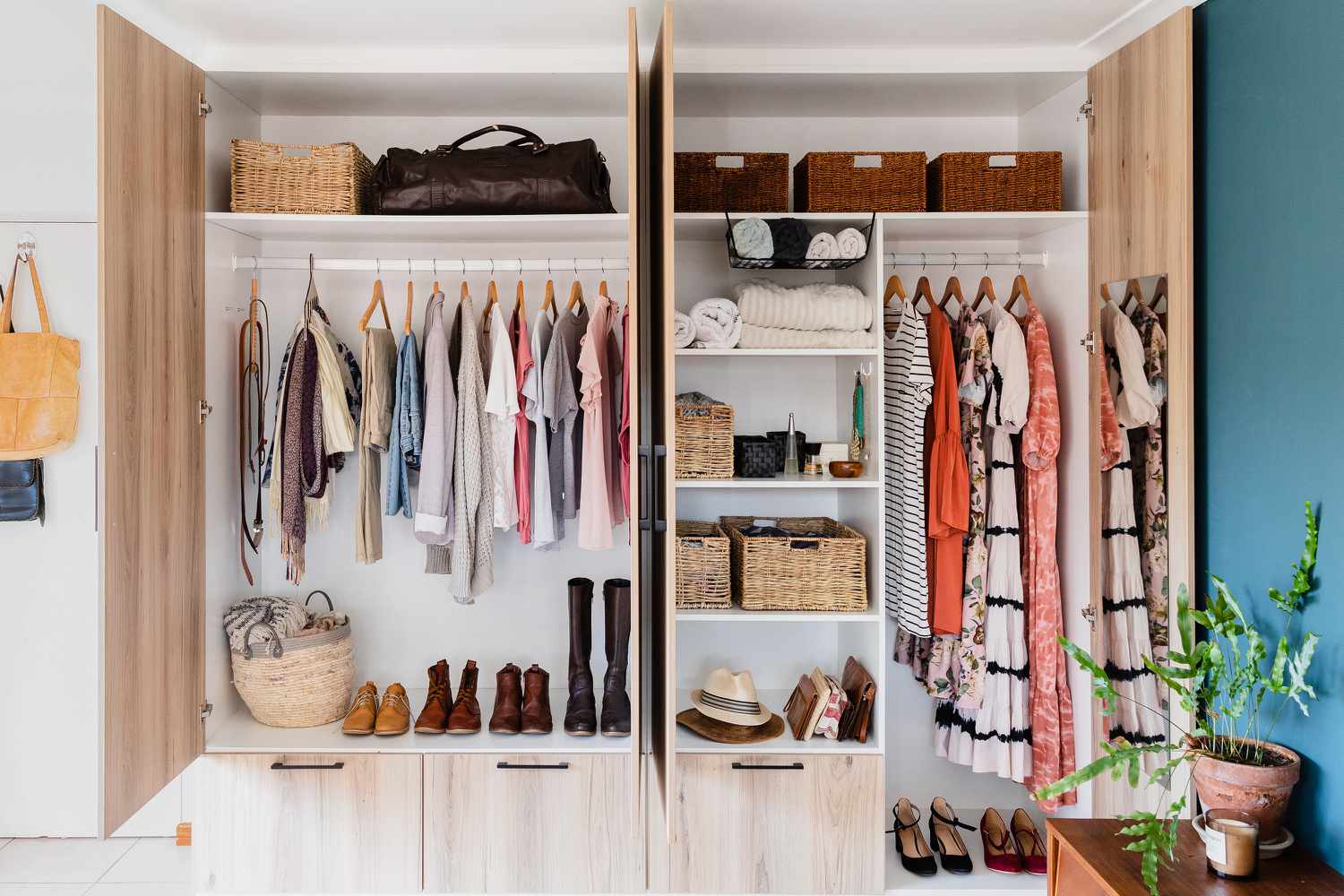
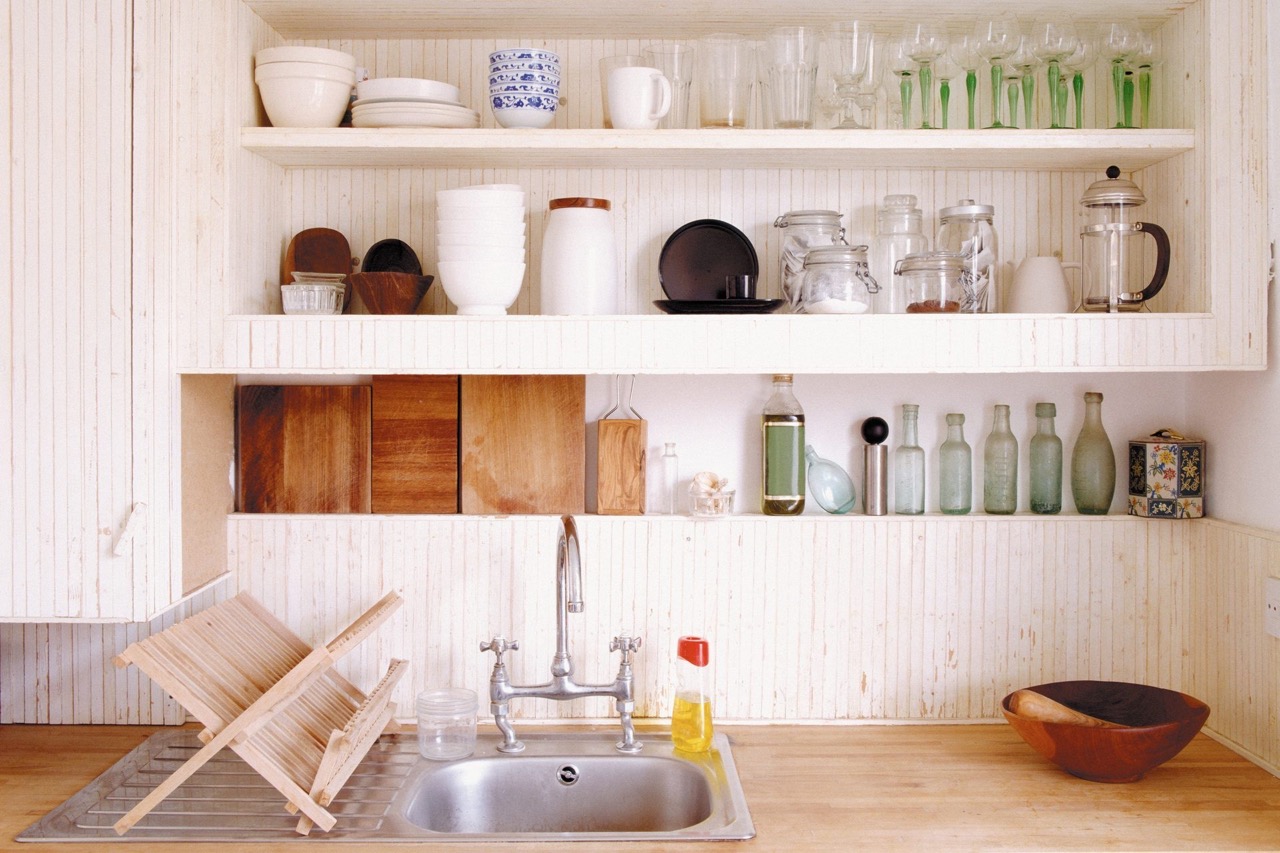
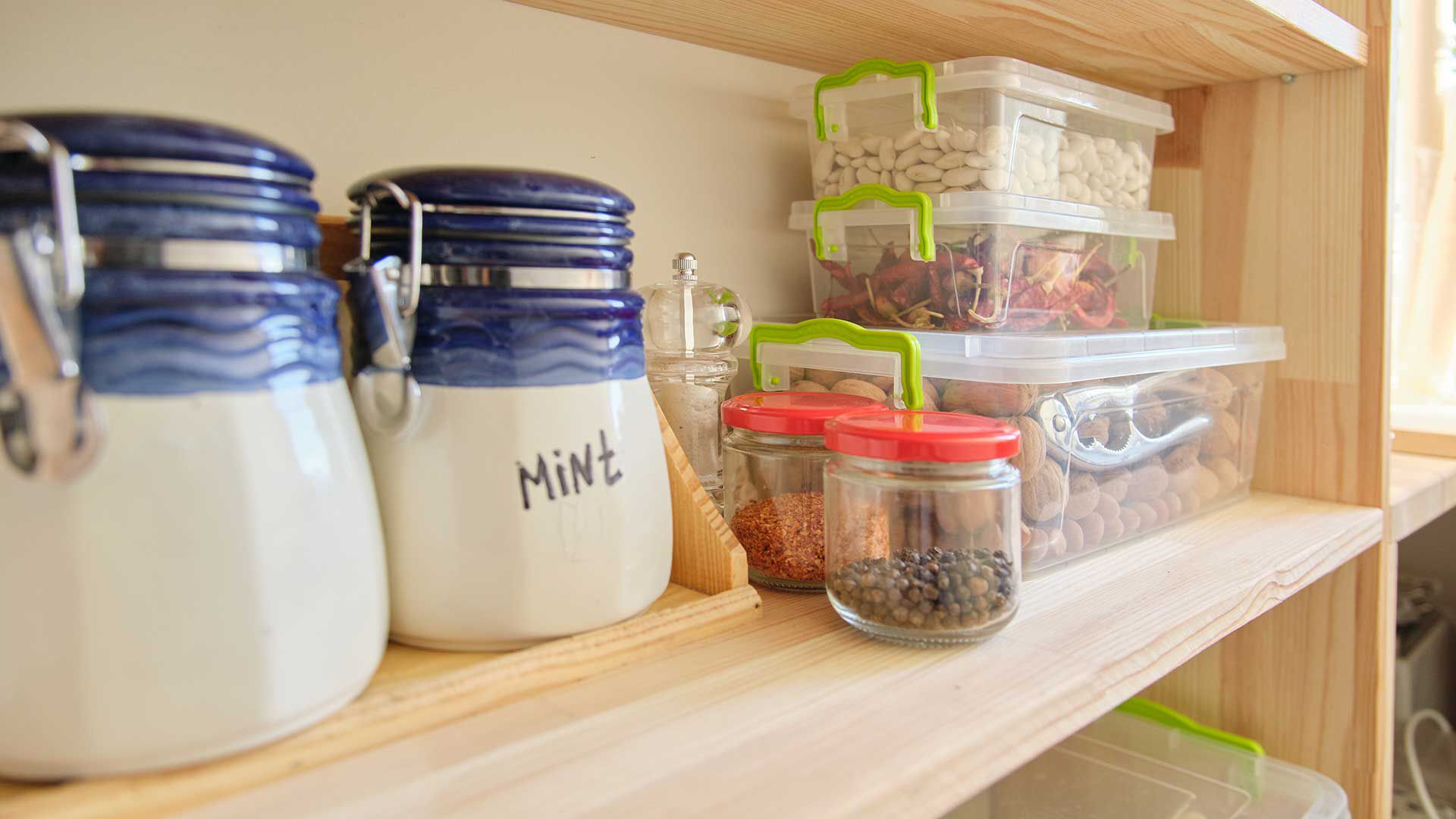
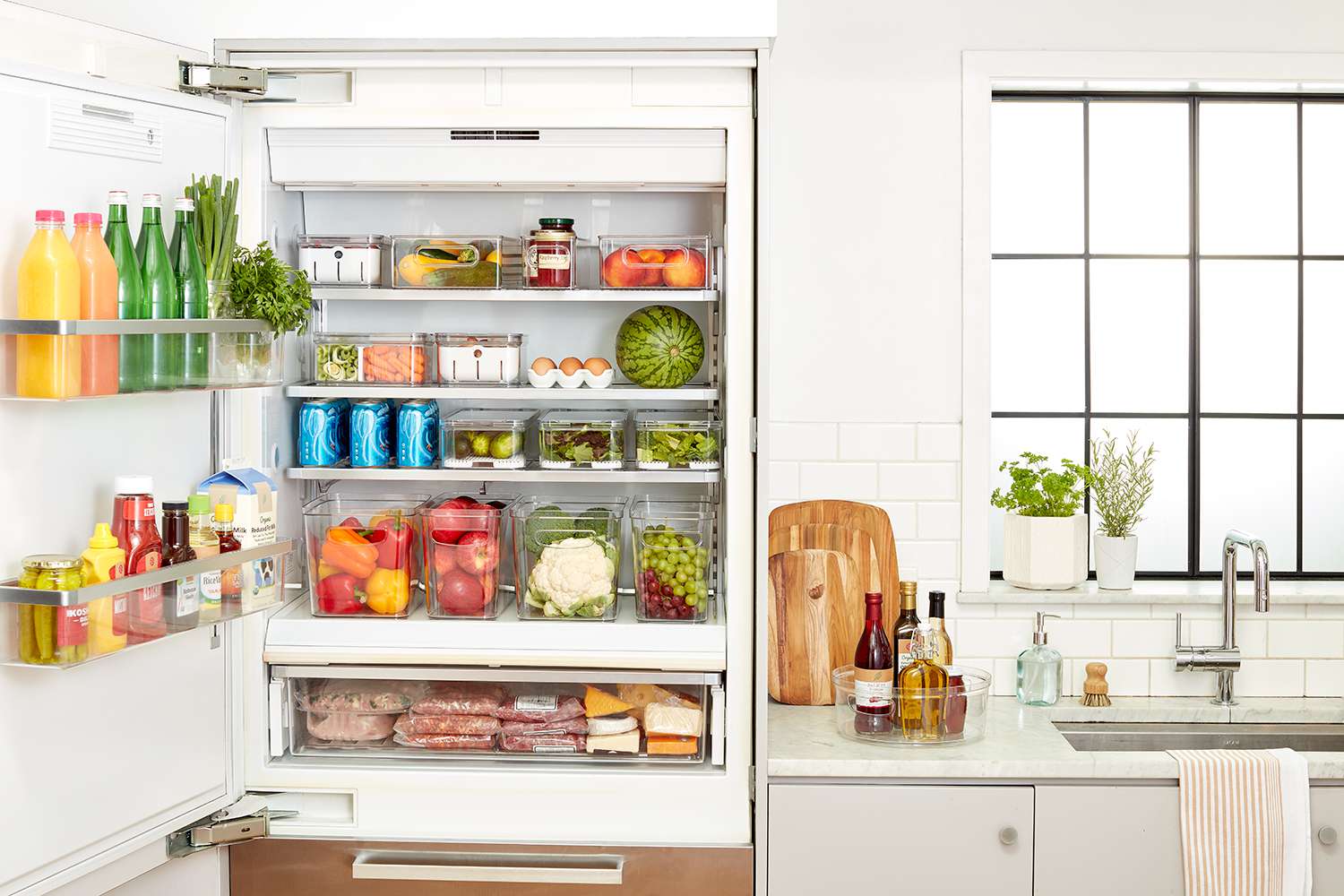
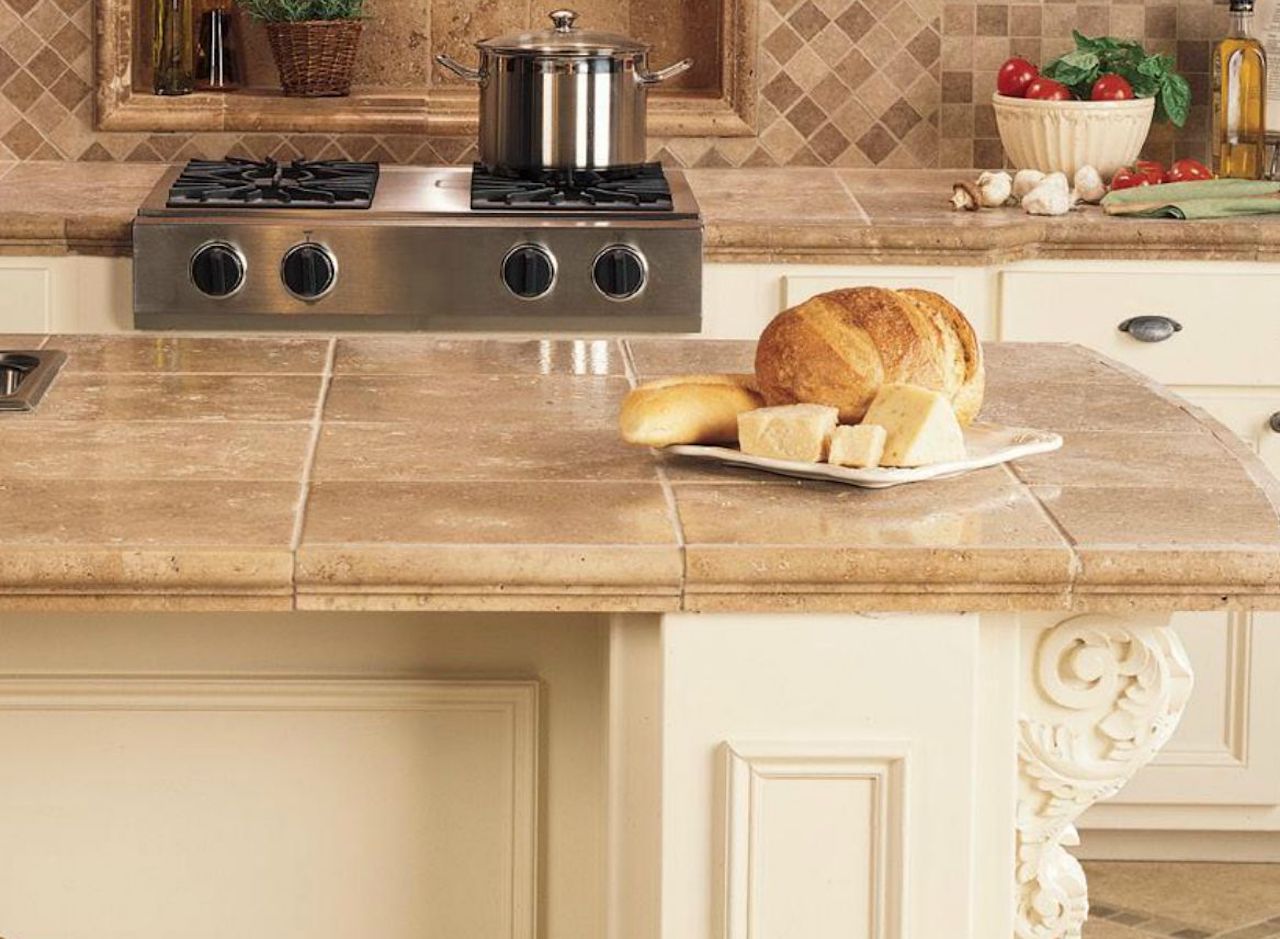
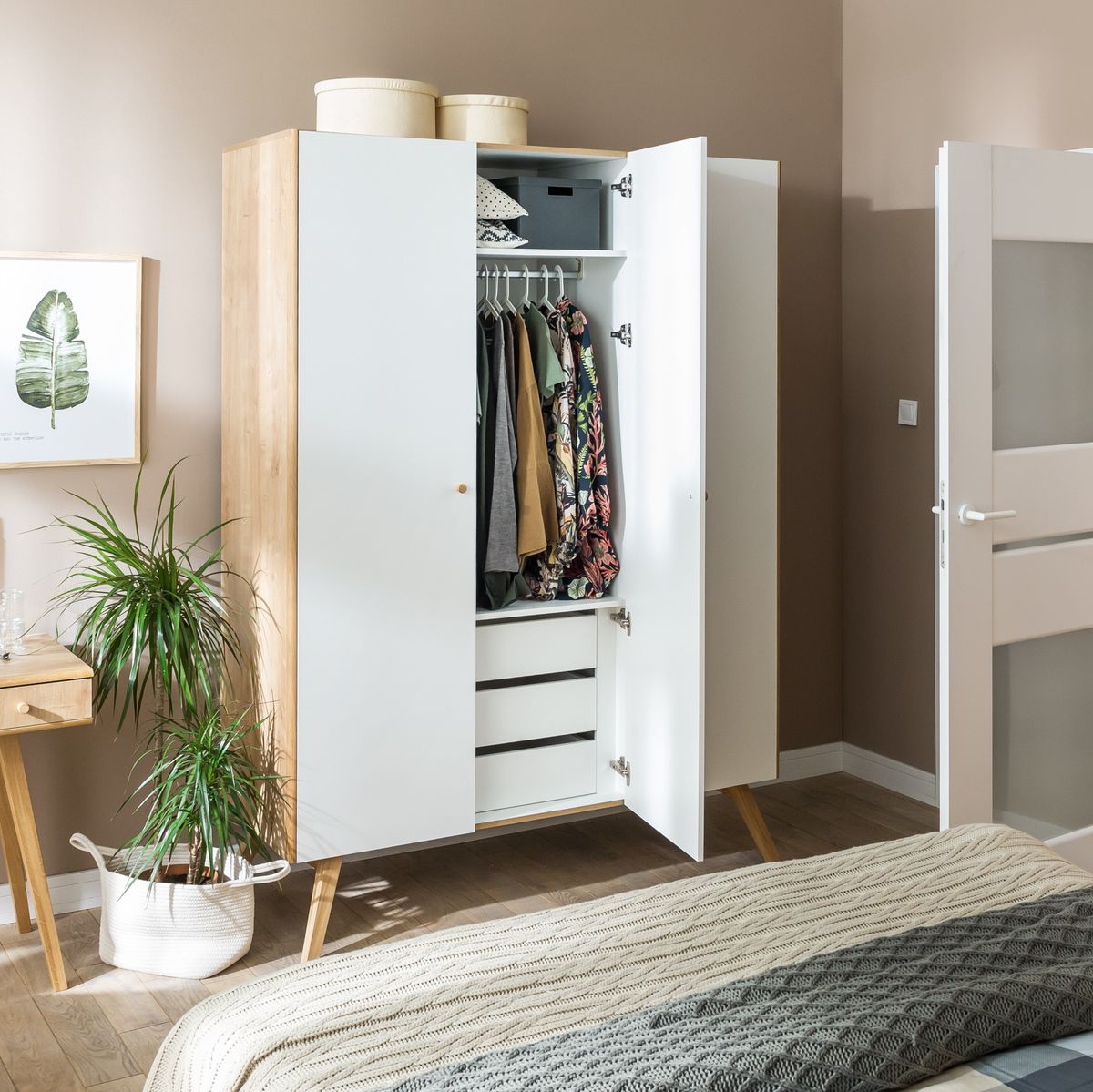
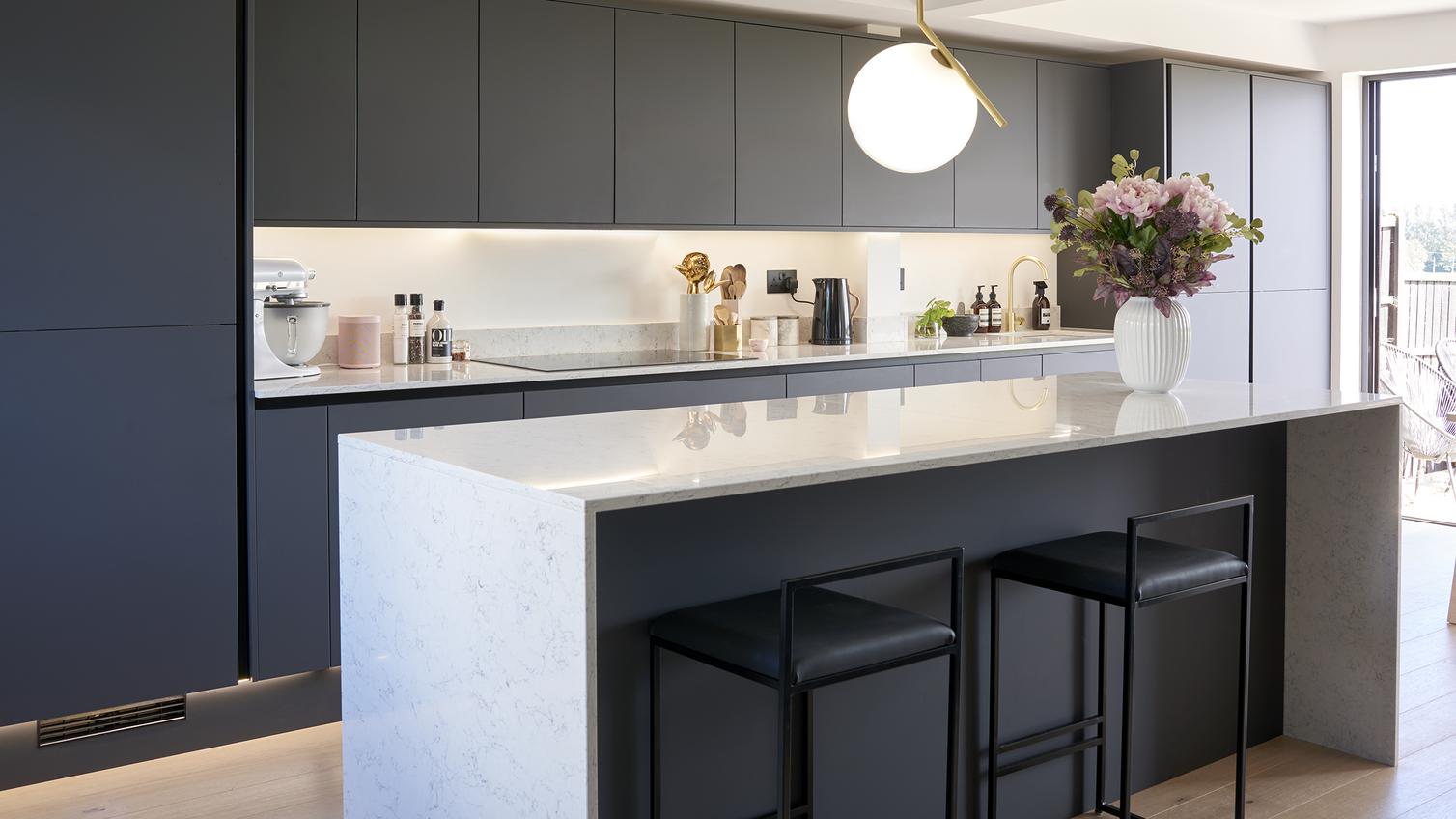
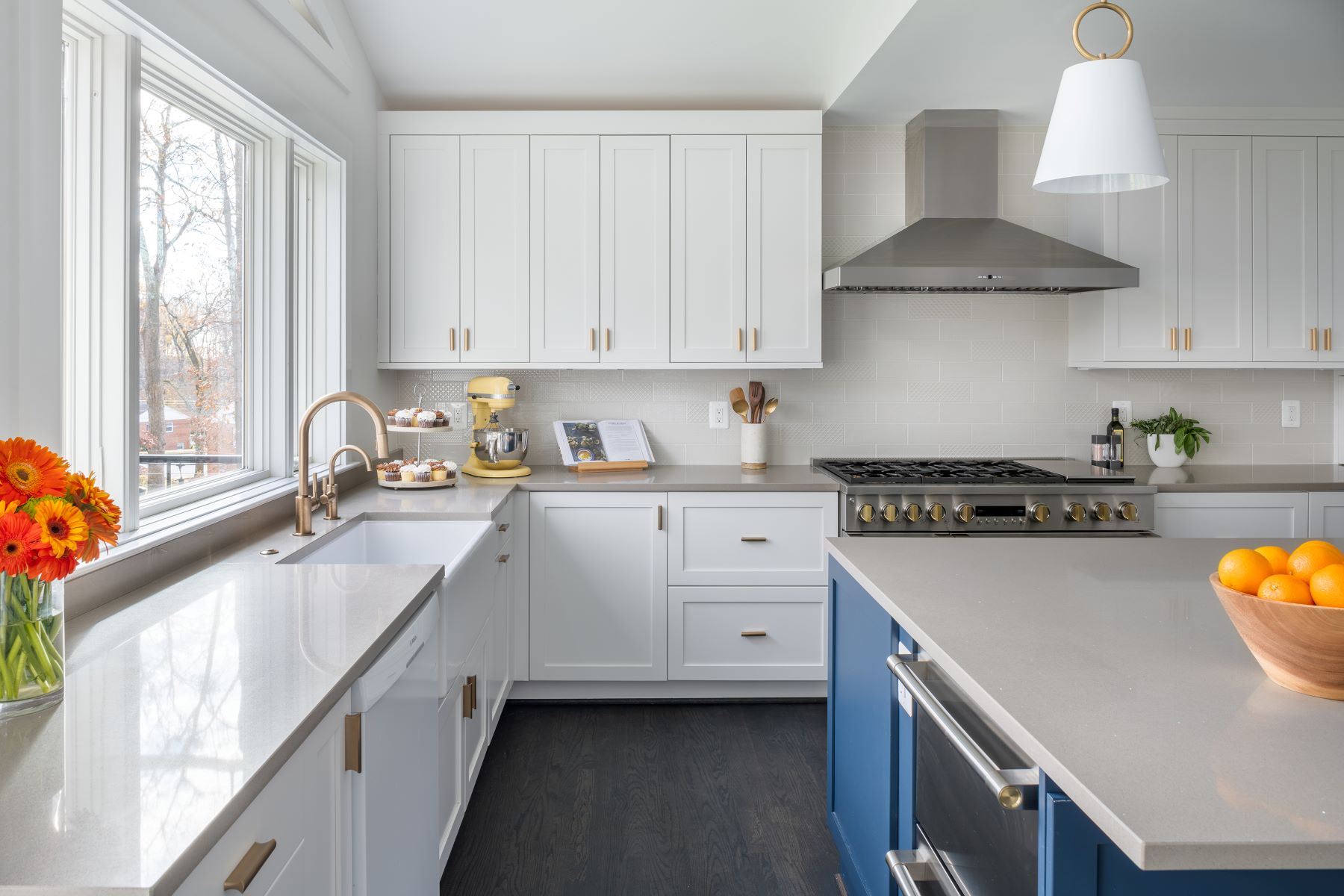
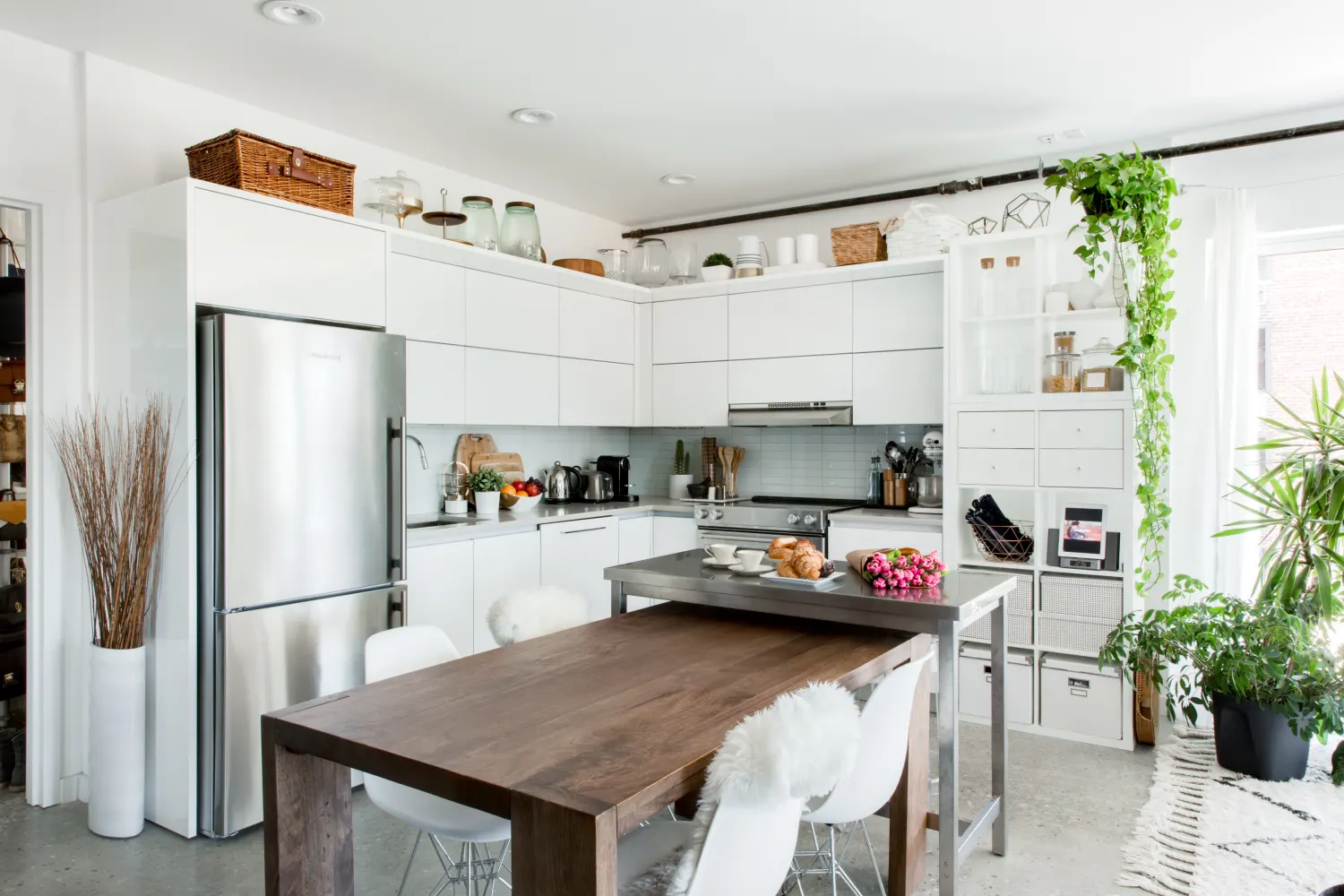
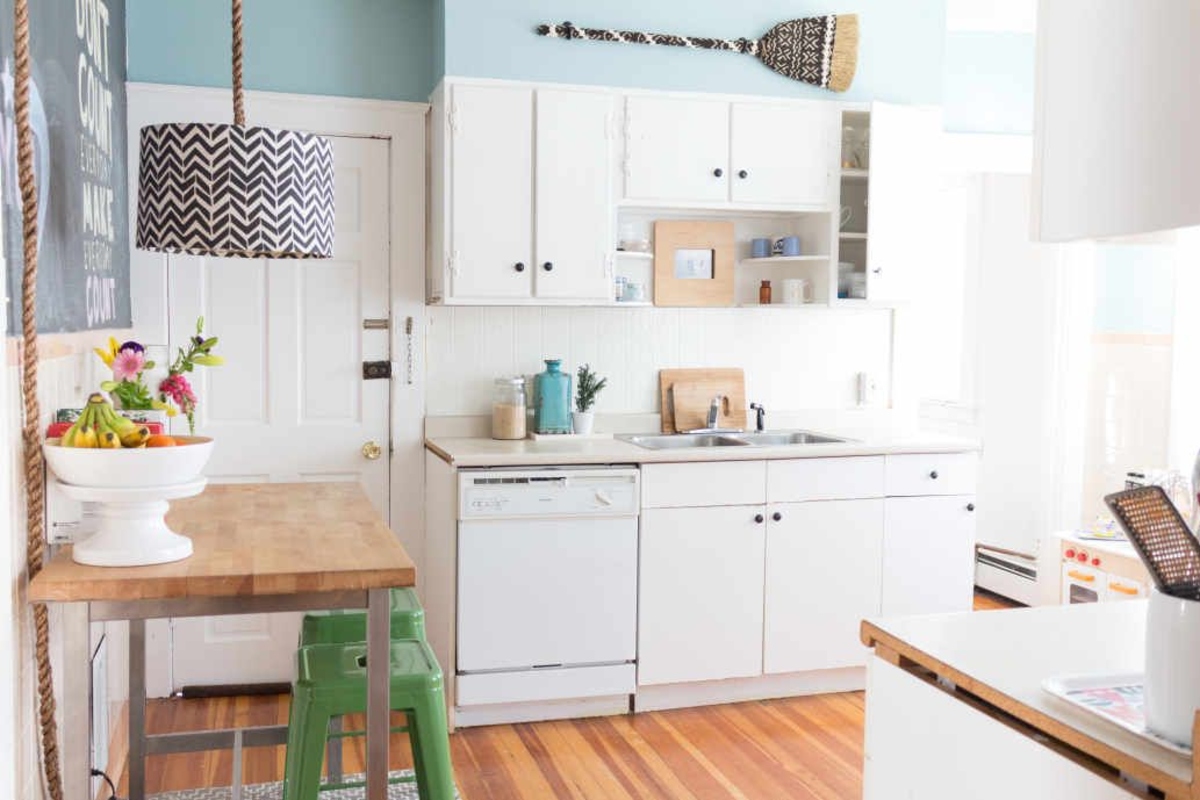
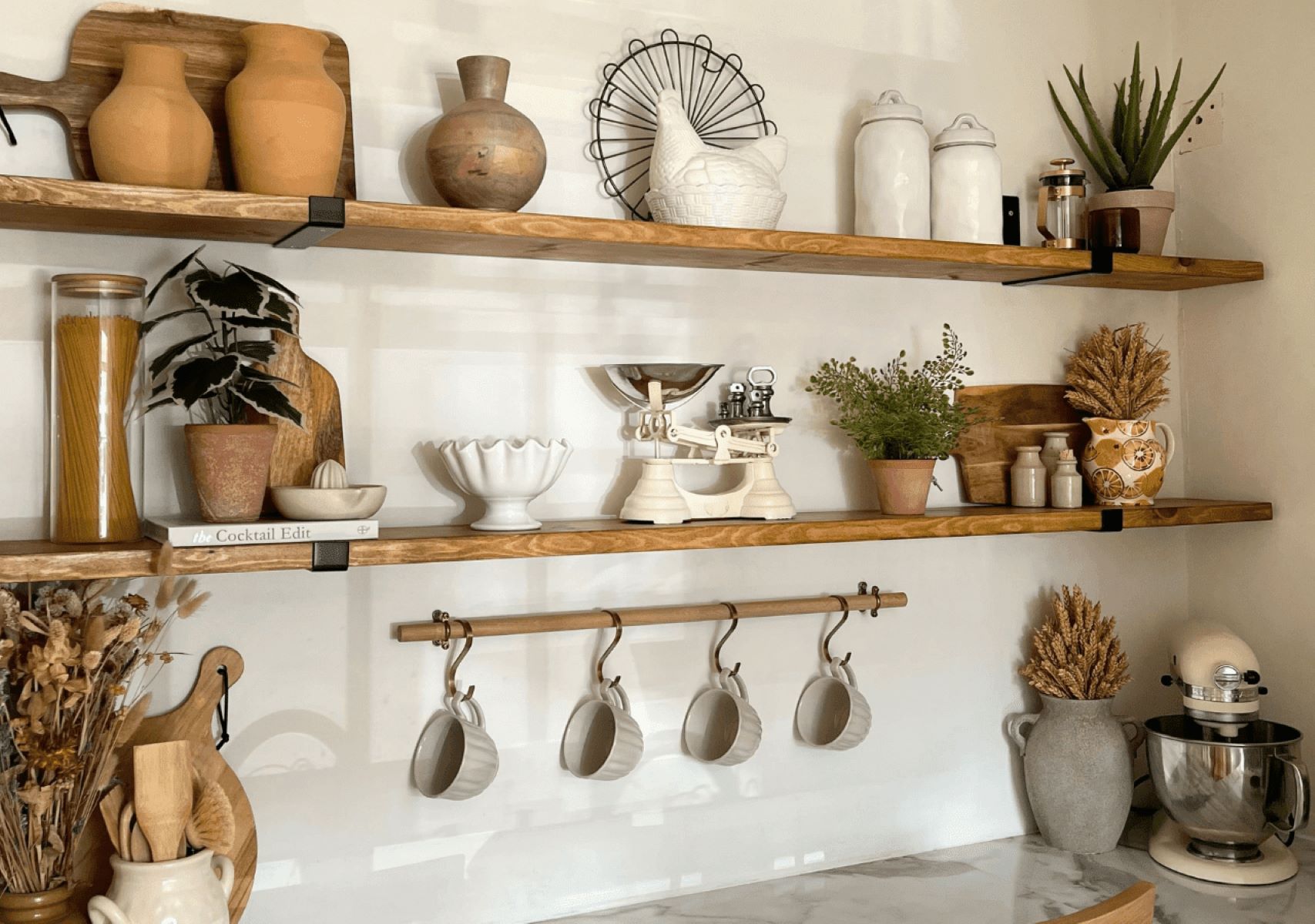
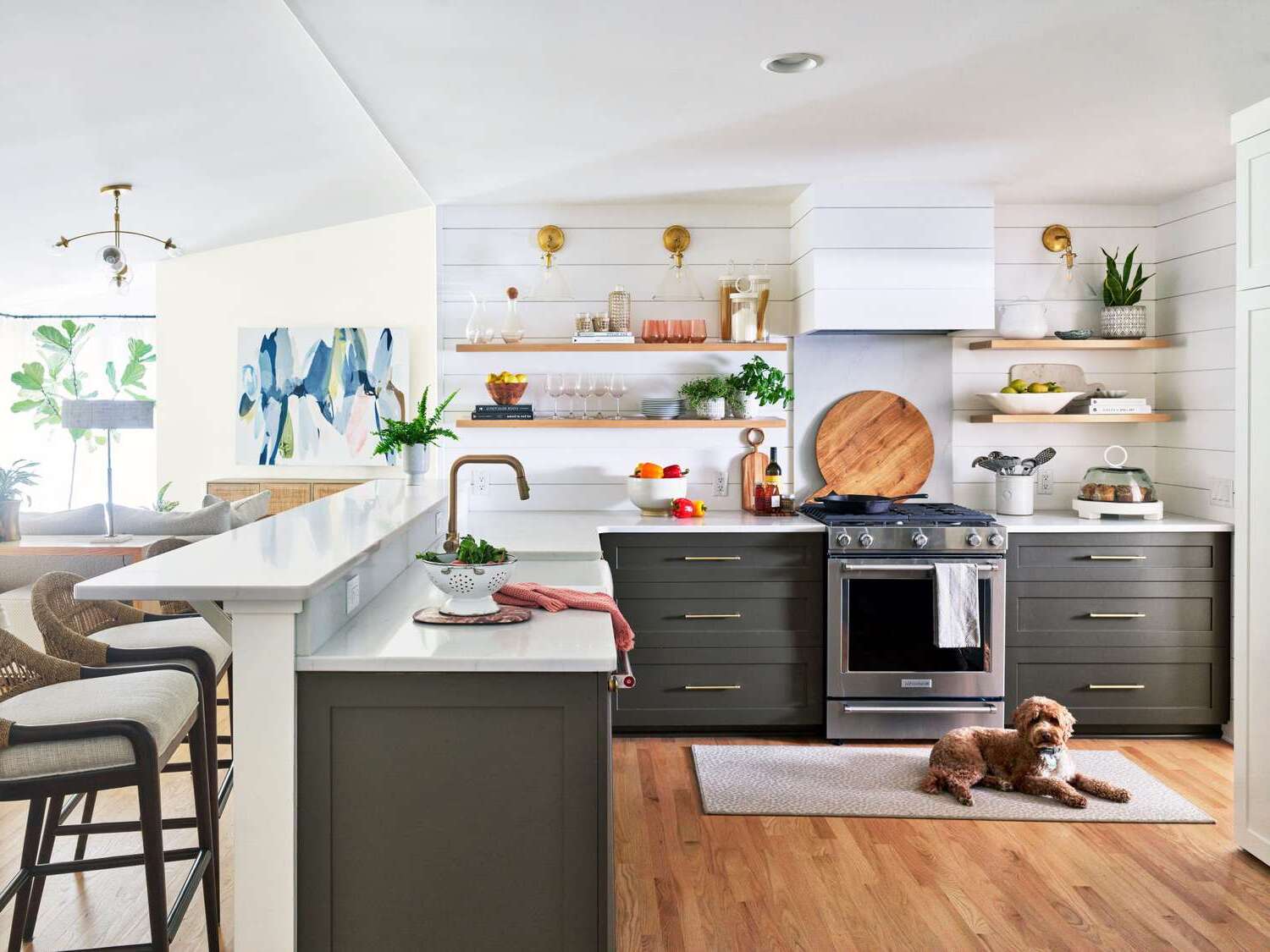
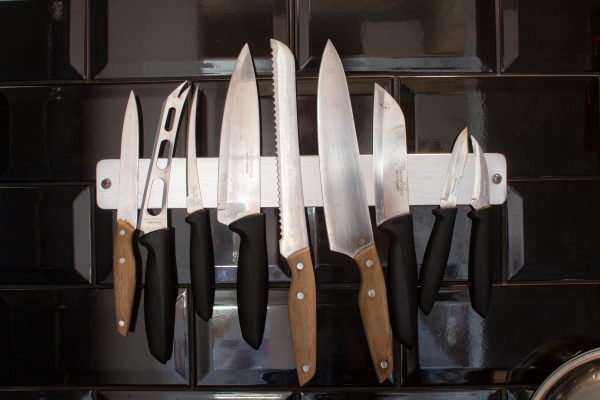

0 thoughts on “Kitchen Storage Mistakes: 10 Errors Cramping Your Kitchen’s Style”